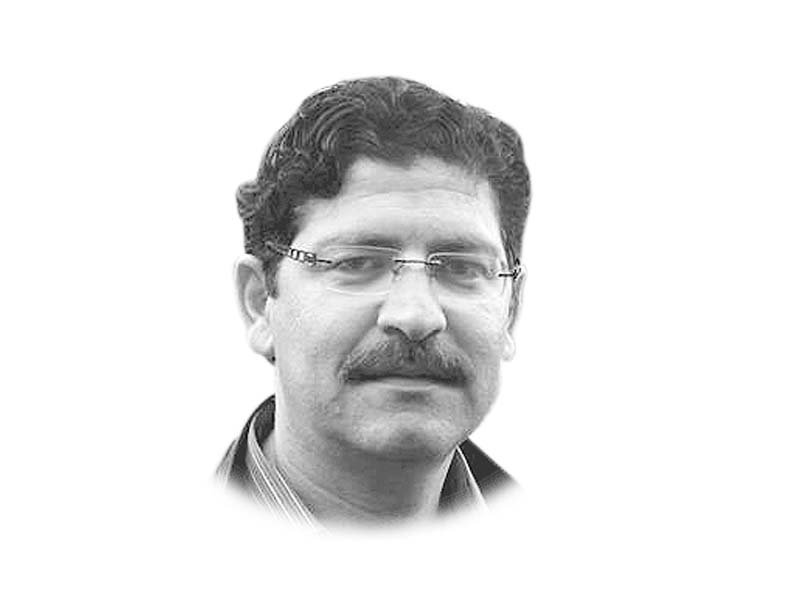
That said, the commitment of the K-P government in terms of allocating funds for education has been inconsistent in the last few years. Starting from an allocated budget of Rs45 billion in 2010-11, the budget earmarked for elementary and secondary education reached the Rs104 billion mark in 2015-16. However, it now appears that the E&SED’s budget has been revised to a figure in the range of Rs98-99 billion for the current fiscal year. The budget increase in the last three years has seen a consistent decline in terms of the percentage increase in education spending in the province. For the upcoming fiscal year 2016-17, the same trend is expected to be followed with a minimal increase of 3-4 per cent being suggested for elementary and secondary education.
The declining trend of the percentage increase in the education budget is confirmed by the following figures. As stated earlier, Rs45 billion was allocated for elementary and secondary education in K-P in 2010-11. With an increase of 27 per cent, in 2011-12, Rs57 billion was earmarked. This was further enhanced by 19 per cent to Rs68 billion in 2012-13. In 2013-14, Rs85 billion was apportioned, highlighting an increase of 25 per cent. In 2014-15, an increase of only 11 per cent was made to take the budget to Rs94 billion. The percentage increase was further decreased to a mere five per cent during the current fiscal year with a revised budget of Rs99 billion in 2015-16. It is no secret that certain districts of K-P are more advantaged when it comes to education spending. The latest report on education financing in Pakistan by the Institute of Social and Policy Sciences shows vast disparities in education expenditure at the district level. Looking at the annual per student expenditure in the province in 2014-15, districts like Chitral, Tank, Karak, Abbottabad, Bannu, Dera Ismail Khan and Haripur spent more than Rs20,000 per student compared with districts like Tor Ghar, Hangu and Upper Dir, which spent less than Rs13,000 per student in 2014-15.
Education reforms cannot bring significant gains unless these are backed by political commitments not only in terms of support for the reforms, but also in the form of committing to spend sufficient resources on them, proportionately and efficiently. K-P’s education budget has been increasing over the years, however, the pace of increase has slowed down in recent times. It is high time we started investing in our future generations and political rhetoric is backed by earmarking significant part of the provincial budget for education. This is the only way we will be able to ensure every child’s right to education in the province, achieve Sustainable Development Goals by 2030 and aim for a prosperous K-P in the days to come.
Published in The Express Tribune, June 8th, 2016.
Like Opinion & Editorial on Facebook, follow @ETOpEd on Twitter to receive all updates on all our daily pieces.



1730959638-0/trump-(19)1730959638-0-165x106.webp)








COMMENTS (1)
Comments are moderated and generally will be posted if they are on-topic and not abusive.
For more information, please see our Comments FAQ